The Vegan Diet | What You Need To Know Before Going Vegan
The vegan diet has become so popular and a lot of studies point to the fact that it’s healthier than other diets, thus the reason we see so many people switching to a vegan lifestyle. This makes me incredibly happy because I know for a fact it’s the best lifestyle and diet choice for a healthier and cleaner body, mind and environment.
So if you’re considering adopting a vegan diet, read this guide first. I gathered here some info on what you need to know before going vegan, the basics of a vegan diet and how to adopt it easily. You probably think that changing your diet completely is a huge deal, but you can have a very smooth and natural transition if you follow my tips and tricks. Just remember: you need to make one change at a time and take baby steps until progress will come by itself.
Contents:
- How to begin a vegan lifestyle?
- Do you have a strong motivation to change your diet?
- The benefits of switching to veganism
- Should you make some changes to your plant-based diet?
- Do you know how to actually plan your transition to veganism?
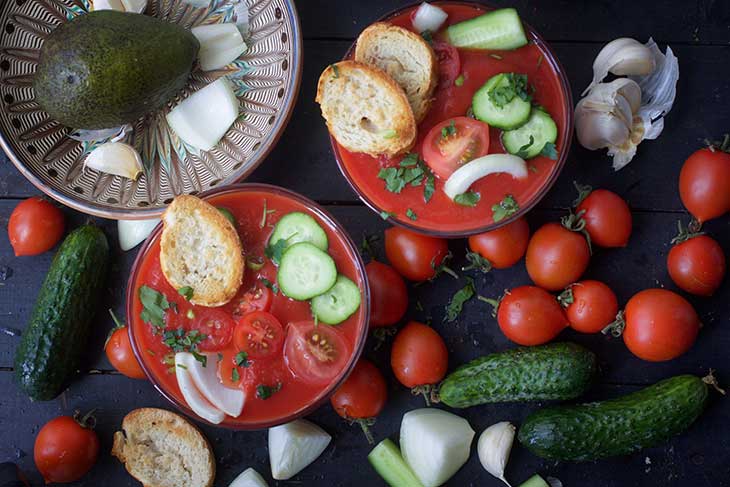
How to begin a vegan lifestyle?
The very first step before beginning the transition is to familiarize yourself with the vegan diet and lifestyle. It’s very important to be fully informed and prepared once you begin to change your lifestyle.
- Be aware of the good parts and benefits of a vegan lifestyle and also try to inform yourself about the risks and costs of the production of animal products.
- Make sure you know how to find out if a product is vegan or not. Get to know which ingredients aren’t allowed on a vegan diet and always read the labels carefully in order to find the less obvious animal-derived ingredients.
- Watch as many vegan documentaries as you can, read as many books, magazines, vegan blogs and websites as you can fit in your time and even talk to your vegan friends or acquaintances. This way you’ll find a lot of good insight and you’ll realize that this transition is not that scary and totally worth it.
- Make a list of vegan restaurants that are close to your place and make a research on local vegan products at your favorite grocery store.
- Create a complete plan of how to assimilate beneficial nutrients while following a vegan diet. This way you’ll make sure you won’t have any nutrient deficiencies.
- Explore new vegan recipes!
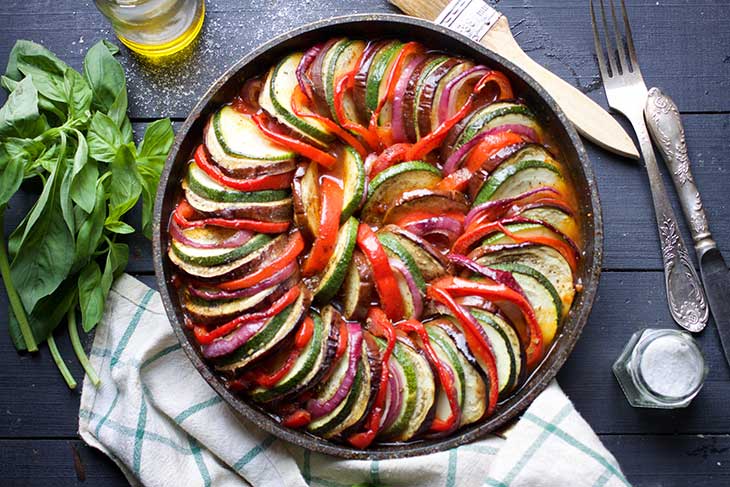
Do you have a strong motivation to change your diet?
You should know from the start that adopting a vegan diet and just “going on a diet” are not the same thing. It’s easier to follow a diet and indulge yourself with some snacks from time to time, but changing to veganism is more serious than that.
Naturally, you’ll be more motivated and focused on your goal when you have a strong reasoning behind your decision. I’m pretty sure that after you’ll find out about all the benefits of a vegan diet and the downsides of consuming animal products, you’ll never want to go back.
Once you open your eyes to the real things that happen with our environment and health, you’ll see why the effort of adopting a vegan lifestyle is totally worth it and you won’t even want to go back!
Always try to keep a positive attitude
The transition might be hard and stressful in the beginning – and that’s a normal thing. One advice that I want to give you is to always focus on the healthy, delicious food you can cook and consume from now on and not on all the things and flavors you are giving up.
Even though it sometimes may not seem like it – there are tons of yummy vegan foods out there! And you should always keep in mind that all the old foods you are giving up can always be ‘veganized’ and transformed into something way healthier but with a very similar taste!
Check out my vegan guide on exploring the world cuisines. I veganize some of the most popular recipes in the world!
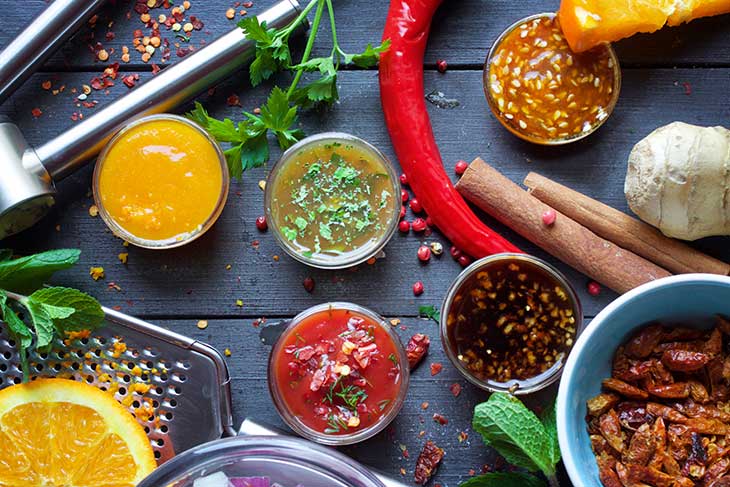
The benefits of switching to veganism
Despite all the stress and effort that comes with all the meat and animal products and become 100% vegan. When you give up on certain foods, you naturally need to rely on other foods to make up for that.
It’s very important to adopt a whole-foods vegan diet (with very little processed foods) and to make sure you have enough of each of the important categories such as fruits, veggies, whole grains, nuts and seeds, beans and legumes. These foods will take up a big part of your new diet and they’ll help you get the right income of beneficial nutrients in your body.
I cannot stress this enough: It’s super important to plan your vegan meals properly and not just eat whatever you have in the fridge and risk to deprive yourself of important fatty acids, iron, iodine, zinc, calcium or the well-known vitamin B12. Avoid fast food vegan dishes because those are very poor in nutrients and won’t do you any good.
It will be easier to maintain a healthy body weight while on a vegan diet.
It’s well-known that some people adopt a vegan diet in order to lose some weight and reach their ideal body weight. Some studies show that vegans have a better body weight and lower body mass indexes than people who follow other types of diets. Of course, this only applies to whole-foods vegans and not the ones that eat vegan fast food.
Reduced arthritis pain in a healthy vegan & gluten-free diet.
We need some more research on this specific topic, but it seems that vegans that also have different types of arthritis experience reduced pain. A certain study showed that a raw food vegan diet helps you to improve symptoms such as joint swelling and pain and morning stiffness – well-known arthritis symptoms. If you’re also on a gluten-free diet, then it’s even better.
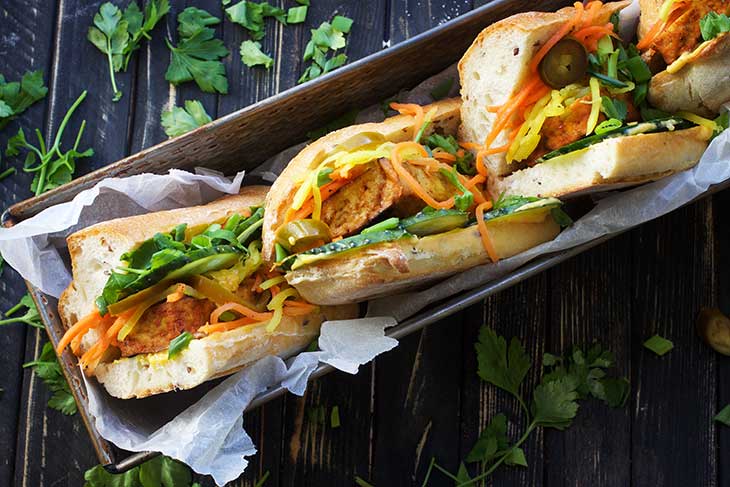
A vegan diet can improve kidney function and lower blood sugar levels.
It’s also known that vegan people tend to have lower blood sugar levels so the risk for them to develop type 2 diabetes is very small.
Vegans have fewer chances to get heart diseases.
One secure and proven way of lowering the risk of getting a heart disease during your lifetime is to eat more fresh fruits, vegetables and fiber. These are the main foods included in a plant-based diet and some studies have shown that people who follow a vegan diet have an up to 75% lower risk of developing high blood pressure or other heart diseases.
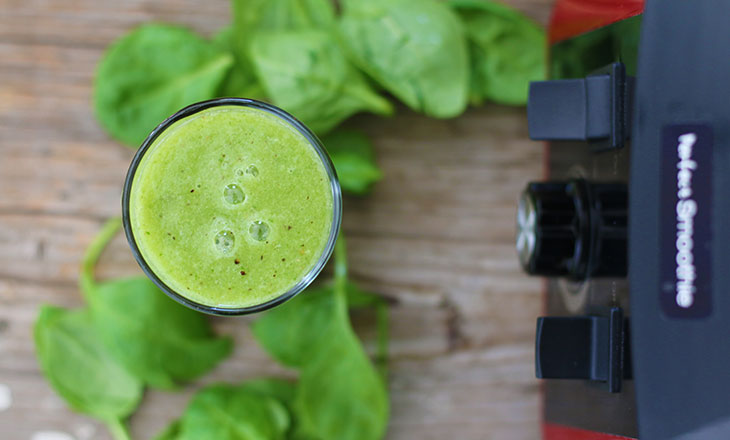
Should you make some changes to your vegan diet?
Some general advice that I can give you once you want to switch to a vegan lifestyle and diet:
Needless to say that switching to a vegan lifestyle means you need to change certain aspects of your diet as well. Let’s see:
- Make some efforts to incorporate more beans, tofu, nuts and seeds, whole grain and legumes into your diet. This way you’ll get familiar with your new ingredients and you will soon be thinking of amazing recipes!
- Don’t be afraid to experiment with new and exciting vegan recipes!
- Make a list of some fast and easy vegan meals and keep it on hand for lazy evenings or weekdays.
- It’s so easy to replace regular milk with its plant-based, non-diary alternative. Almond milk and soy milk are my personal recommendations but you can try them all and see which one is your favorite!
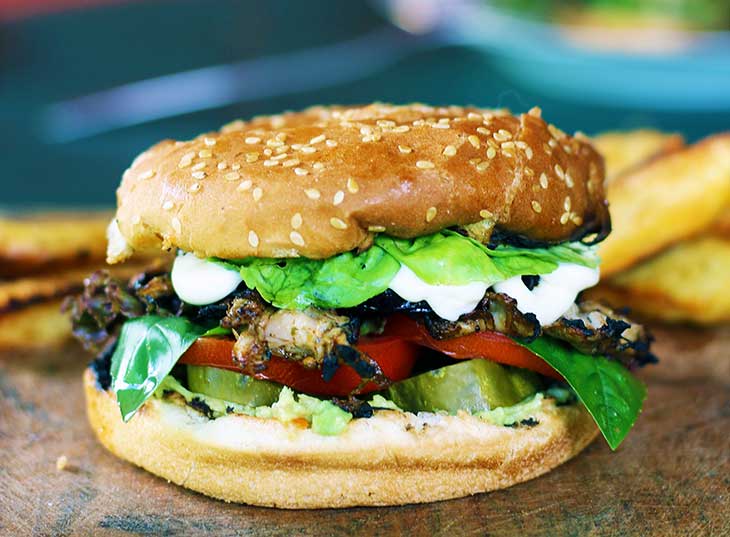
Do you know how to actually plan your transition to veganism?
The theory is not that hard, but now it’s time to actually think about a good and realistic plan of what is best for you. Here are your options:
Vegetarian followed by veganism:
Go vegetarian and then slowly transition to veganism either in one big step or by eliminating dairy and eggs one at a time.
- Eliminate all meat in your diet – this includes fish and poultry too! You can even try to avoid eggs and dairy as much as you can and focus on other plant-based ingredients instead
- As I mentioned before, make sure you always read the ingredient lists on all products. Try to avoid products that have gelatin, rennet, and other animal products as a component.
- I’m saying once again that you should make an effort and try to add more tofu, nuts, whole grains, beans, legumes and seeds into your diet.
- Start eliminating dairy, eggs, and honey from your diet – but only when you feel fully prepared for this!
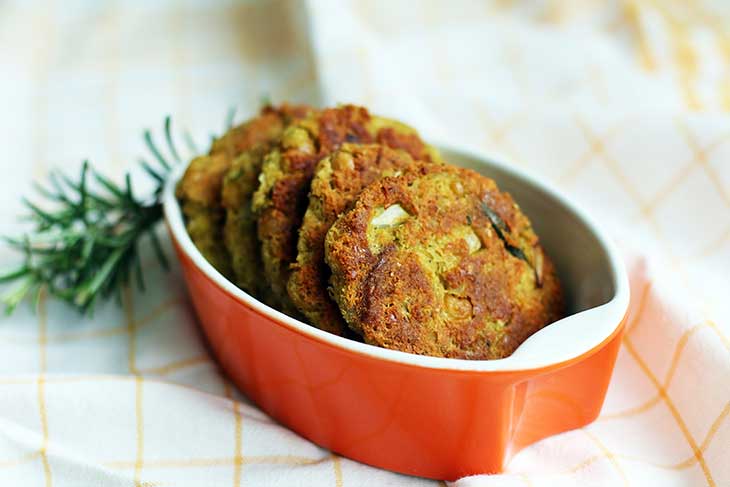
Omnivore followed by vegan:
This option is obviously a bit harder and slower because you have to eliminate all animal products in a very slow way. Just make sure you start with the easiest ingredients and don’t rush. At the same time, increase the plant-based foods in your daily diet. You’ll be a fully vegan when you have completely eliminated all animal products from your diet.
- You can start by removing all of the animal products that you’re sure you won’t miss.
- Simultaneously add more tofu, nuts, beans, legumes, whole grains and seeds into your diet.
- Continue to cut down on the animal products you think you’ll miss in the future.
- Don’t force it and remove one food group (or even type of food) at a time.
- Again, carefully read the ingredient lists; this way you’ll train yourself to avoid all animal-derived ingredients (even the less noticeable ones!)
The courageous one – Go full vegan:
As you might’ve already guessed, this is the hardest option you could pick. If you believe in yourself and in your strong motivation, then I’m pretty sure you can go vegan right away. But, as I said before multiple times, you can’t adopt veganism without properly informing yourself first about this issue.
Some things you should keep in mind:
- How to ensure optimal nutrition while following a vegan diet
- How to find out if a product is 100% vegan
- Grocery list creation – keep it healthy and clear
- Budget vegan recipes can save you
- FAQ for new vegans
Another good way to make the transition smoother is to make a habit of trying vegan alternatives to foods you love. Most of them are super high in protein and packed with lots of vitamins and minerals. Plus, they’re delicious!
Keep in mind that some veggie patties or meat replacements are highly processed and very harmful. It’s always best to make them at home if you can and it’s also way cheaper in the long run! You can, of course, consume this kind of foods from time to time but excess is never good. Some things to keep in mind:
- Cut out all animal-derived ingredients from your diet and add lots of healthy ones such as beans, legumes, tofu, whole grains, nuts, and seeds. This way you’ll make sure to have a healthy and balanced diet.
- Consume the vegan alternatives to your old favorite foods. This will make the transition faster and smoother.
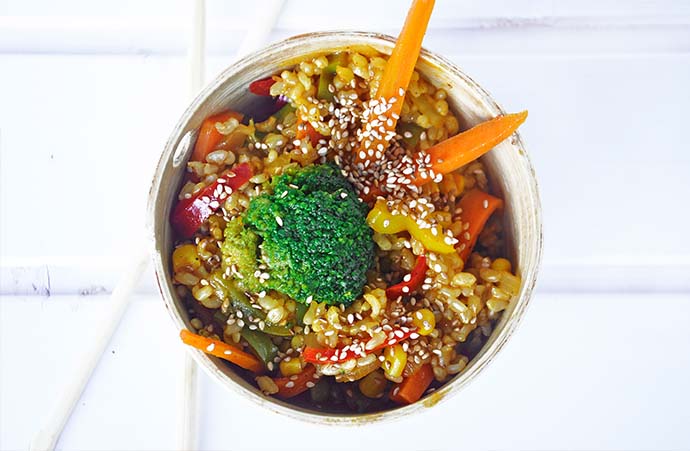
Follow a vegan meal plan to make your transition to veganism easier!
Meal planning can help you a lot with veganism. One of the best things about this is that you won’t have to worry what you’re going to eat again! The delicious, fully personalized recipes are budget-friendly, healthy and super easy to make for anyone. You’ll even get super useful grocery lists! Check out my custom meal planner here.
How to deal with food barriers while adopting a vegan diet
I’m sure you thought of this: you want to become vegan but you’re so scared that you’ll have very strong cravings or it would be impossible for you to give up on some certain dishes. Don’t worry – this is completely normal! As you might’ve heard, the majority of vegans decide to adopt this kind of diet not because they don’t like the taste of meat, dairy or eggs, but because of health or ethical reasons.
As I said before, I really don’t recommend rushing when making this important transition or else you could be doomed to failure. Here’s some advice of how to deal with barrier foods:
- If you feel you cannot give up a certain food, find out more about how that thing is produced. Most of the times this is enough to help you make the right decision.
- Even though it might sound a bit extreme, it’s actually better to cut out all your barrier foods at the same time. After a few weeks of cravings, you’ll forget all of them – at once!
I hope you understood by now that veganism is not just a simple weight loss diet, but actually a very compassionate lifestyle. If you follow the advice in this article, I’m sure your transition to veganism will be smoother and easier!
Of course, you can’t be an authentic vegan if you refuse to find vegan alternatives for other products that surround you such as shoes, bags, clothing, personal care products and others!
Featured photo source:
- https://www.pexels.com/photo/variety-of-fruits-890507/
If you make this, please leave a review and rating if you liked this recipe! ★★★★★

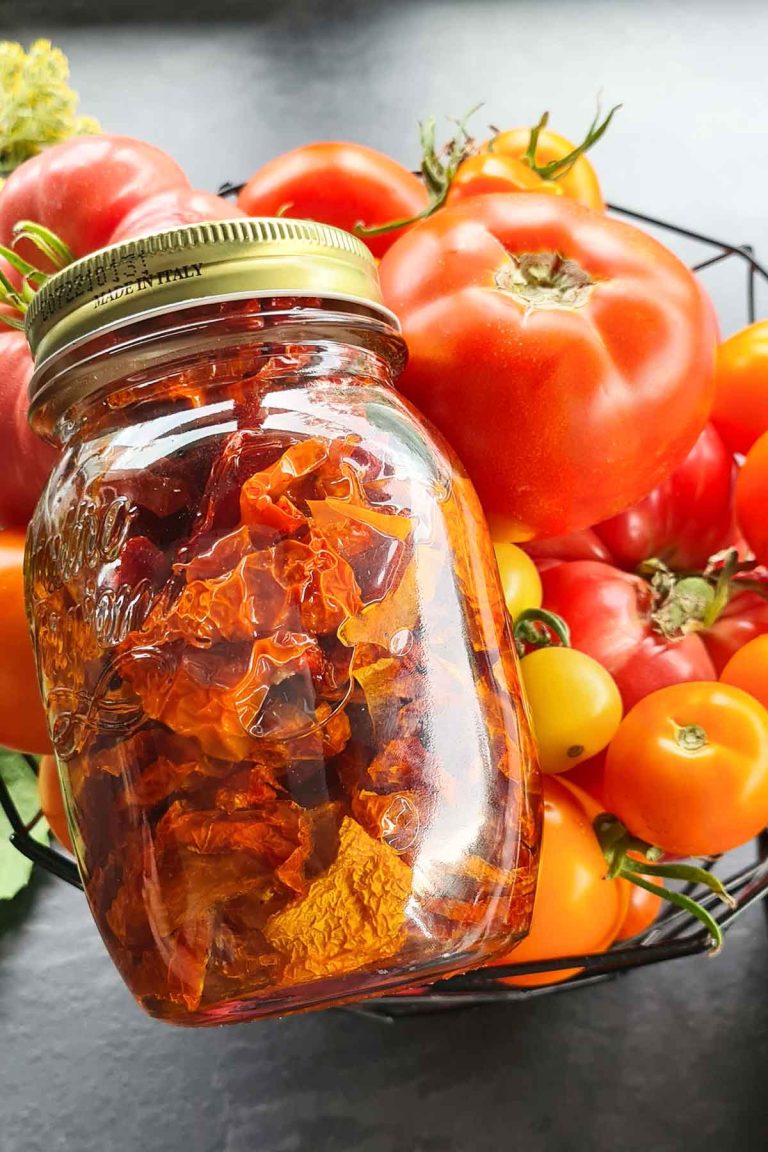

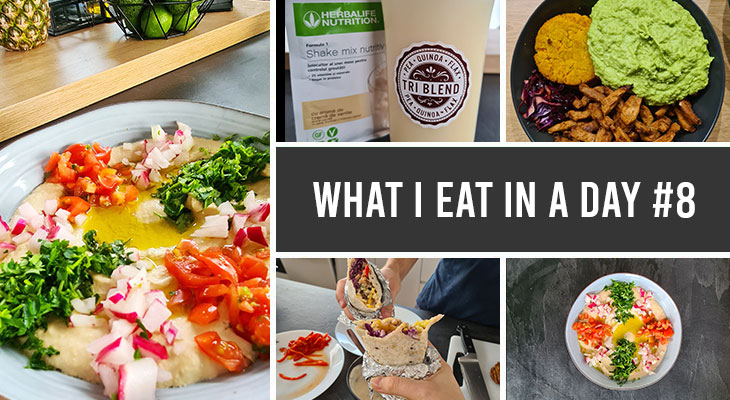
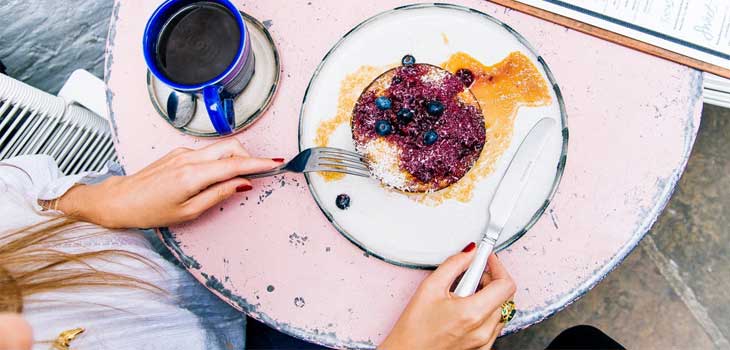

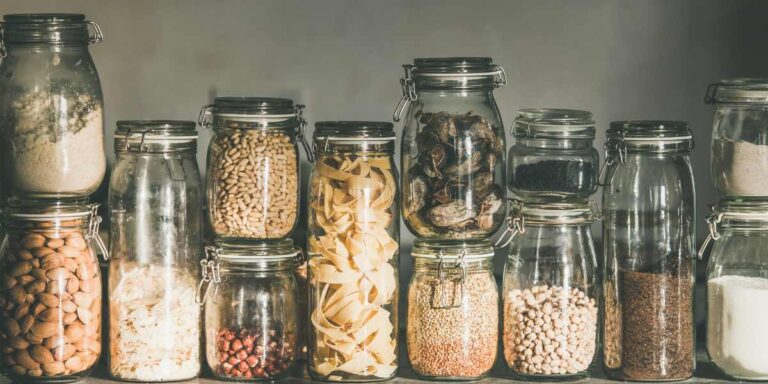
I would like to eat better